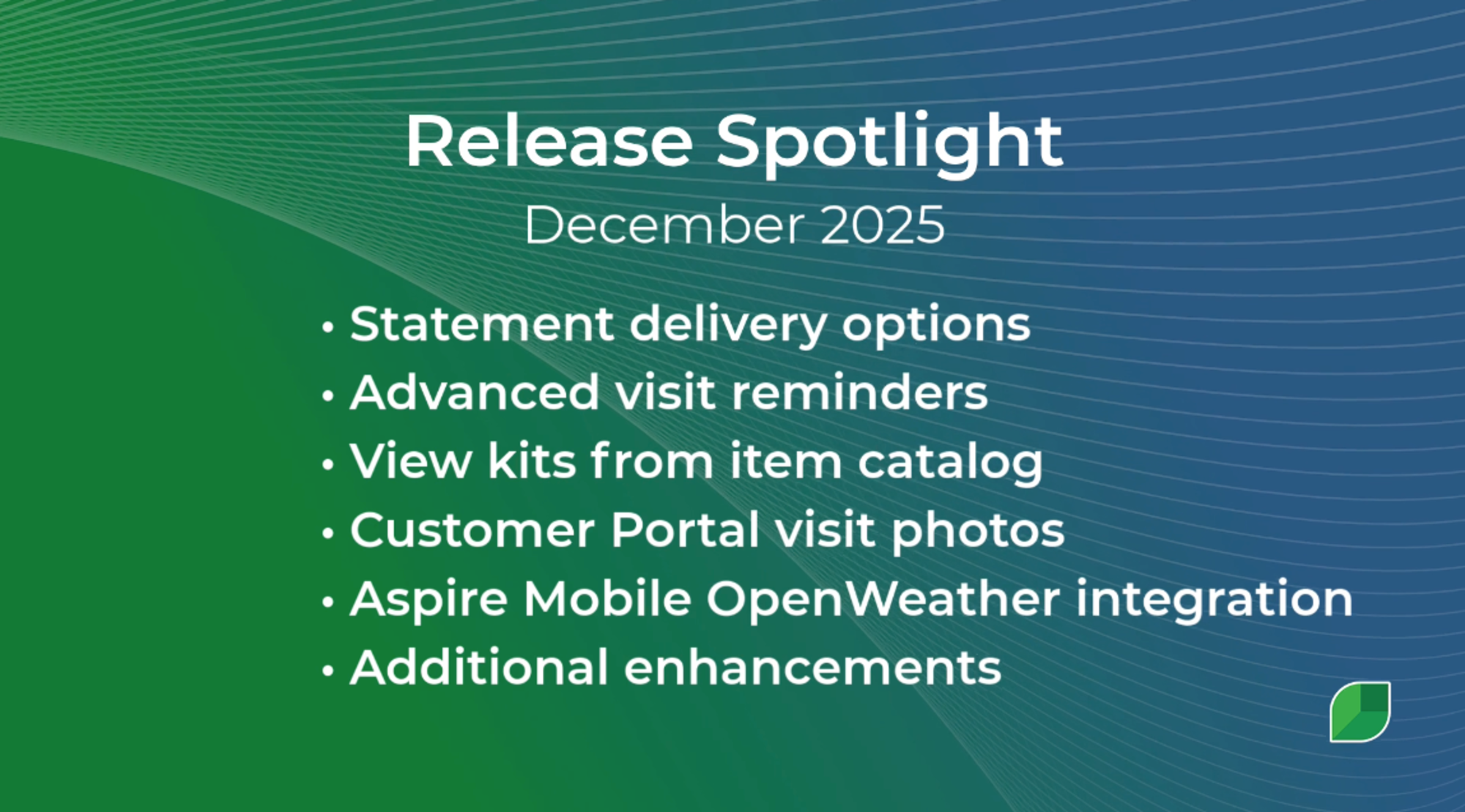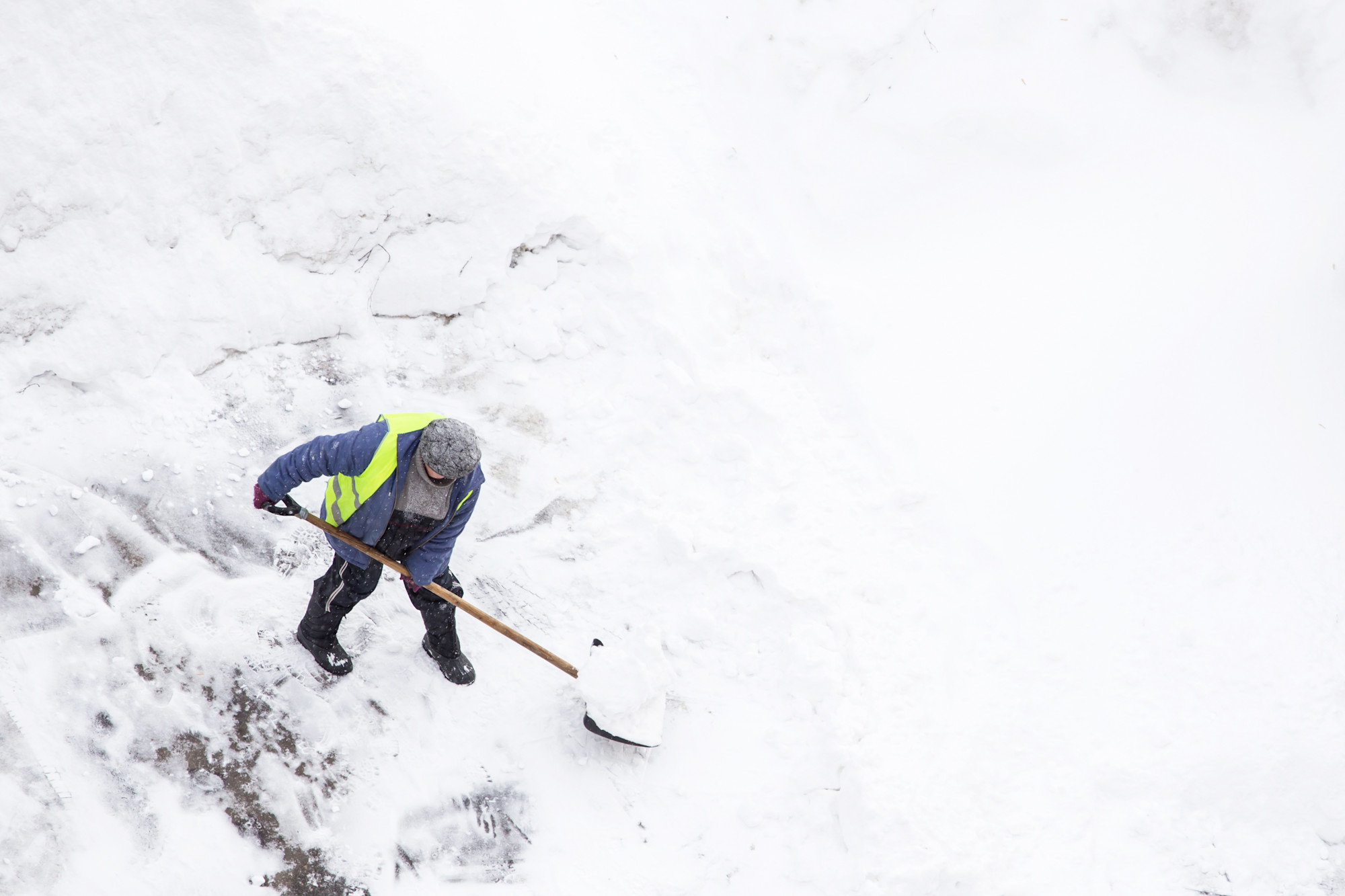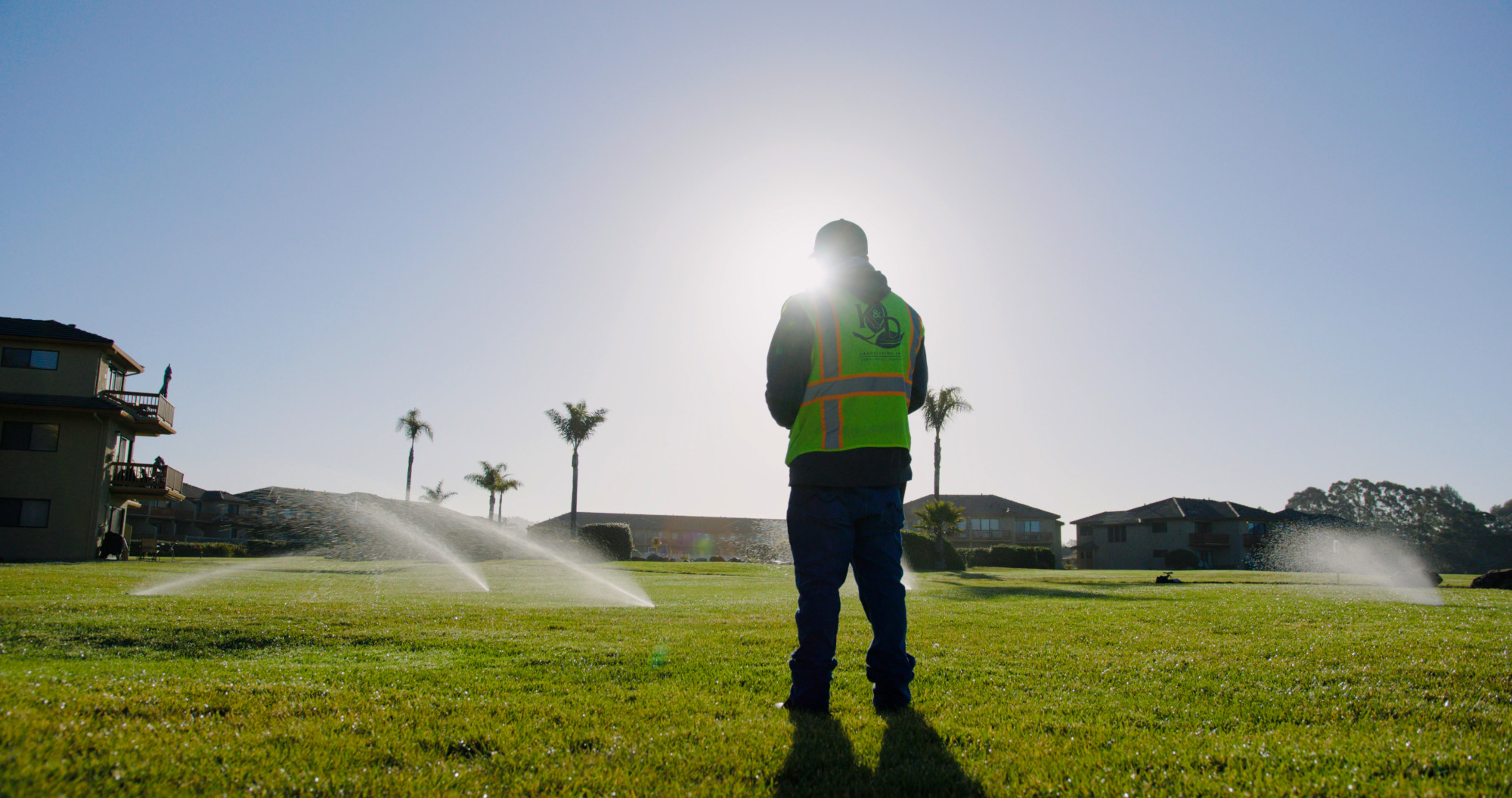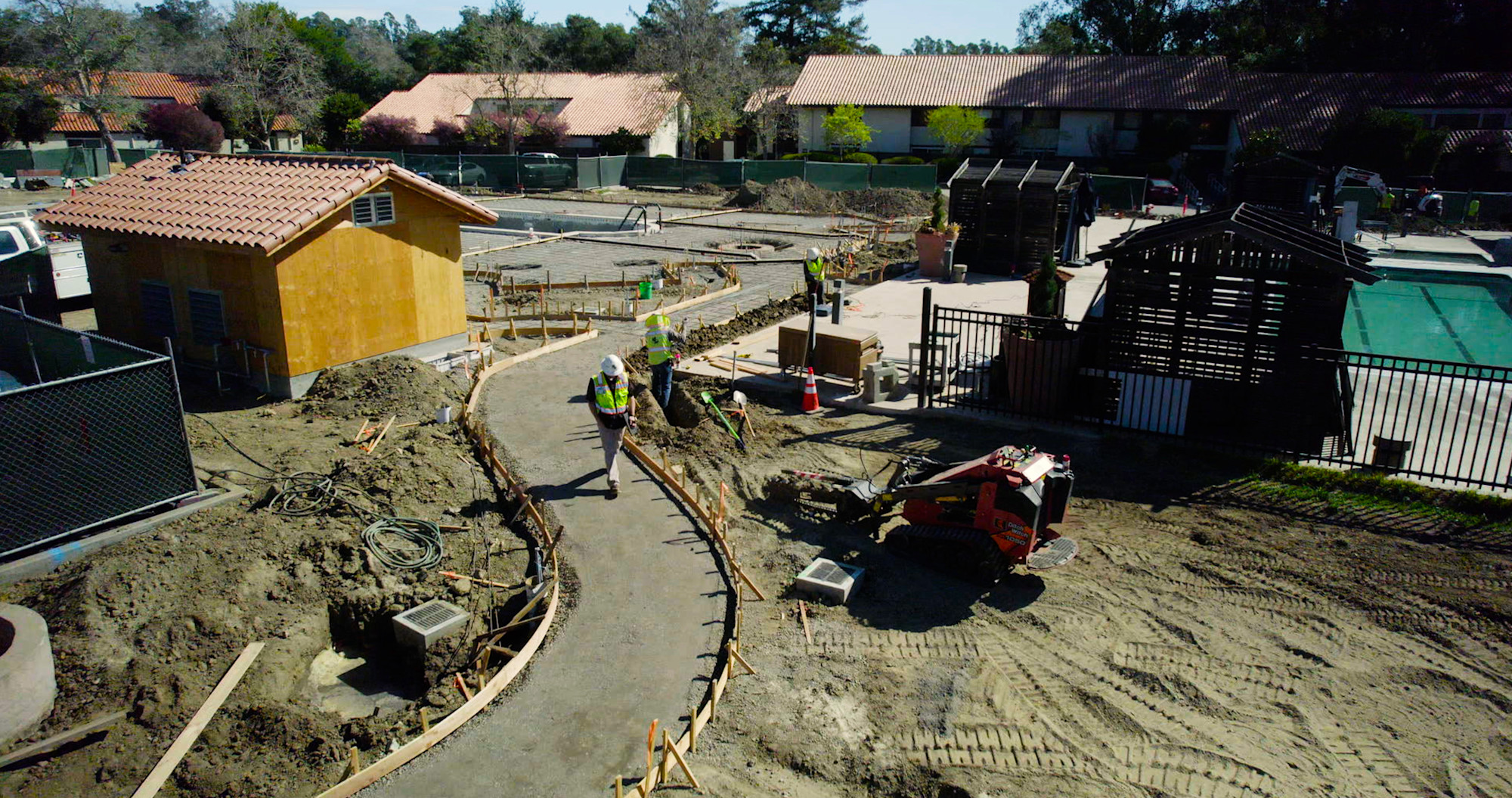Table of Contents
If your invoices are messy, late, or constantly getting pushback from clients, it probably started with your estimate.
Invoicing issues often get blamed on the back office, but in reality, the problems can begin much earlier in the process. A rushed or vague estimate creates a ripple effect:
✓ Unclear scopes
✓ Mismatched line items
✓ Missing documentation
And, eventually, disputes or delays when it’s time to bill.
Chasing Mistakes from Rushed Estimates
When crews don’t have clear instructions, they may perform work that wasn’t scoped or miss services that were.
If materials change in the field but aren’t tracked, billing becomes guesswork. And when the original estimate doesn’t align with what was actually delivered, finance teams are forced to reconstruct the job after the fact, putting your margins and client relationships at risk.
→ When sending a landscaping invoice, this formal payment request can be delayed or disputed if the estimate was inaccurate.
This blog explores how better estimating processes can prevent these issues before they start. By improving accuracy and consistency on the front end, landscaping companies can issue cleaner, faster invoices, reducing disputes, protecting cash flow, and reinforcing client credibility.
Invoicing Is a Reflection of Your Operations
You can’t invoice accurately for work that was never clearly estimated or properly tracked.
Despite being seen as a back-office task, invoicing is the final output of your entire operational workflow—and it’s only as strong as the processes preceding it.
Clean, timely invoicing depends on three critical factors:
A clear, agreed-upon scope that outlines what’s included—and what’s not—your crews may over-deliver or skip tasks, leaving finance teams unsure of what should be billed.
Accurate job tracking (labor, materials, and equipment), to ensure there’s a reliable record against which to invoice. Verbal updates or handwritten notes create ambiguity that leads to disputes.
Alignment between estimate and delivery when changes to actual services deviate from what was initially scoped aren’t captured or approved, the invoicing team is left guessing—or underbilling to avoid client pushback.
When any of these three components break down, finance teams are left chasing details, reworking invoices, or leaving revenue on the table.
The result is delayed payments, damaged trust, and cash flow gaps.
Most invoicing problems don’t begin with the invoice—they start with poor estimating and a lack of operational alignment. Fixing invoicing means addressing the process upstream.
The Top 5 Ways Poor Estimating Derails Invoicing
Invoicing problems often trace back to preventable mistakes made during estimating.
When estimates are vague, incomplete, or disconnected from operations, the downstream effect is billing confusion, disputes, and missed revenue.
Here are the top five ways poor estimating causes invoicing headaches:
1. Unclear or vague line items Generic descriptions like “planting” or “maintenance” create ambiguity.
If the estimate doesn’t provide an itemized list and a detailed list of services, including clear pricing, cost, and price for each service, finance teams lack the detail needed to bill accurately or defend the invoice if it’s questioned.
2. Lump-sum estimates that don’t match client expectations Some clients want itemized billing.
When the estimate is a single lump sum with no breakdown, it creates friction. Clients often want to see prices for each service and a clearly stated total cost. The client may dispute what’s included or delay payment until they get clarification.
3. Forgetting billable services Commonly missed items include haul-off, delivery charges, equipment time, and disposal fees.
These are real costs to your business, but if they’re not captured in the estimate, they will likely be omitted from the invoice, leading to incomplete records and inaccurate billing.
4. No input from operations When estimators work in a silo, the reality on the job site often differs from the plan.
Tasks are missed or mispriced, and services performed aren’t always reflected in the estimate, leading to underbilling.
5. Undocumented scope changes Client requests mid-job are inevitable—but if they’re not priced, approved, and recorded, they rarely make it onto the final invoice.
For example: An estimator forgets to include mulch delivery as a line item.
The crew completes the work, but there’s no record. The invoice is sent without the charge. That’s potentially thousands gone, with no documentation to justify adding it later.
Invoicing issues like these are rarely about billing mistakes—they’re about estimating oversights. To protect revenue, accuracy must start long before the invoice is created.
Building Client Trust at the Intersection of Speed and Accuracy
Delayed invoices hurt your cash flow—but rejected invoices hurt even more.
Whenever a client questions a charge, requests a revision, or pushes back on scope, your team must revisit details, cross-check documentation, and reissue the bill.
→ Invoice issues are not just time-consuming—they’re damaging to your credibility.
Clean, accurate, timely invoices do more than get you paid faster. They’re professional, reduce friction, and confidently help clients plan their budgets.
When your billing is clear and consistent, clients are far less likely to dispute charges—and far more likely to pay promptly.
The key is integration.
When your estimating, job tracking, and invoicing systems are connected, the handoff between stages is seamless. Services scoped in the estimate are tracked in the field and invoiced without duplication or manual entry.
There’s less room for error and less risk of missed revenue.
End-to-end software with enterprise-level capabilities streamlines the process so you can create invoices efficiently, follow up on overdue balances, and improve cash flow.
Platforms like Aspire make this possible by linking estimating, scheduling, time tracking, and invoicing into a single workflow.
Turn Estimating Into a Billing Accelerator
Improved invoicing starts with better estimating.
Estimates built with billing in mind speed up the invoicing process while making it more precise and less prone to disputes. Here’s how successful landscaping companies are doing it:
Break down scope into logical, billable units.
Instead of a single line for “planting,” use an itemized list and a detailed list of services provided and tasks completed—itemize labor, materials, and equipment separately so each can be billed accurately.
Match the estimate descriptions to the invoice formatting.
Use the same language and structure to reduce confusion between the quoted and billed amounts.
Include expected delivery timelines and conditions.
Greater transparency in estimate details provides clients with clarity on when and how your team will complete services and what constitutes extra work.
Use invoice templates for standard services.
Pre-built landscaping invoice templates can be customized for each job to ensure nothing gets missed and maintain consistency across estimators.
Document scope changes as they happen.
Have clients sign off on changes to ensure proper authorization and record-keeping, and push those updates directly to billing so new work doesn’t slip through the cracks.
Track actuals in real time.
Linking time and material tracking to your estimate allows for faster, more accurate invoice generation.
Real Results from Real Aspire Customers
North by Northwest transformed its operations by using the powerful combination of Aspire, PropertyIntel, and Covex to target commercial landscaping clients and generate accurate estimates quickly.
“Now we’re able to turn in our bids a lot quicker and have a big turnaround on that rather than waiting to go to the site, take measurements, go back to the office, and put it together,” said Vice President of Operations Tiffany Peters. They’ve streamlined estimating, reduced billing delays, and improved overall profitability by accelerating their front-end process.
Estimating isn’t just the first step—it’s your biggest opportunity to streamline billing and protect cash flow.
Better Invoicing from the Start
You can’t fix invoicing problems at the invoice stage.
The real solution starts much earlier—with accurate, detailed estimating that clearly defines the scope, aligns with operations, and supports billing from day one.
When estimates are built with invoicing in mind, landscapers see faster payments, fewer disputes, and stronger client relationships.
It’s not just about improving back-office efficiency—it’s about protecting your profit and reinforcing your professionalism at every job stage.
Take a moment to evaluate your estimate-to-invoice workflow. Are your teams aligned? Are billable items slipping through the cracks? If invoicing feels like a scramble, the issue may be rooted in how you estimate.
Ready to tighten the loop? The tools are already built to help you do it. Schedule a demo to see how Aspire and PropertyIntel help landscaping companies get paid faster, with fewer errors and more confidence.






